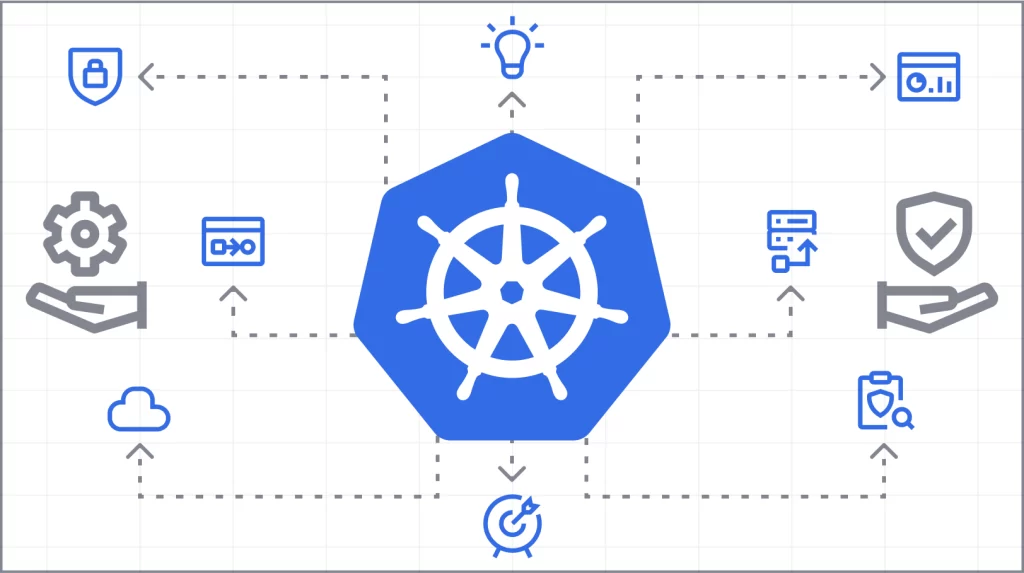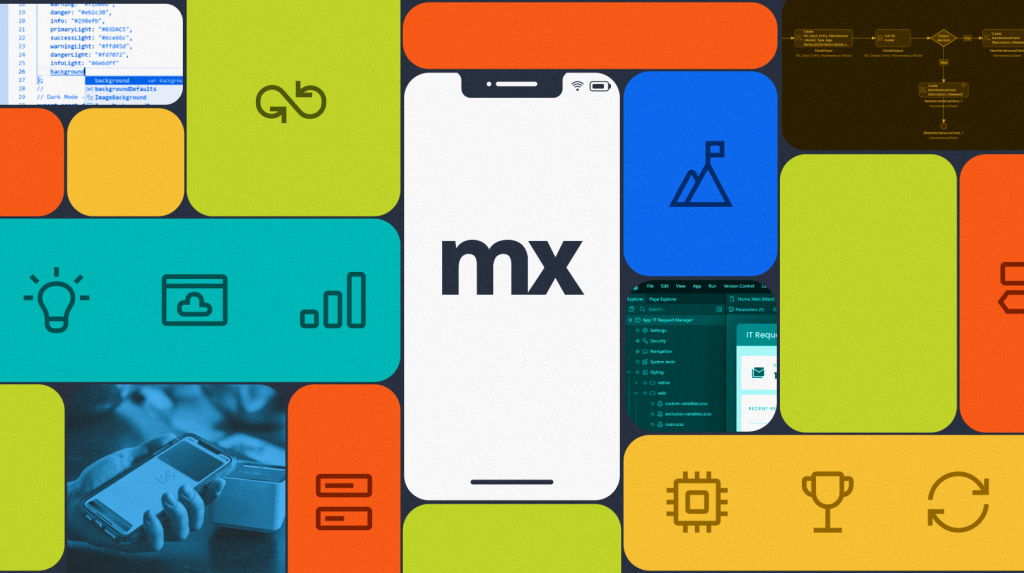Native vs. Web vs. Hybrid Apps vs. PWAs: The Pros & Cons
Whether you need a field service management app, a supplier portal, an eCommerce app, or something totally unique to your business, your first mission is to understand the distinct types of mobile architectures.
The options are web apps, native apps, progressive web apps, or hybrid apps. But not all apps are created equal, both in terms of the development process and the user experience.
Will your app require internet access? Does it need access to native device features? What is your budget and target time to market? Keep these questions in mind as you read on.
Web apps
Web apps are truncated versions of websites delivered through browsers like Safari and Google Chrome.
If you’ve ever accessed Gmail through a browser, you were using a Gmail web app. Any device with a web browser can be used to access a web app. This makes development and maintenance easier since you can build a single web app to work across multiple platforms.
Web apps don’t need to be downloaded from an app store, so they won’t take up storage on a user’s device. However, they do require internet access to work which can lead to slow load times and poor usability.
| Pros | Cons |
|
|
Native apps
Native apps are custom built to run on specific devices and operating systems. These are the apps that you download from an app store or marketplace.
Of all the different types of mobile apps, native apps provide the best, most optimized user experience because they are written in device-specific programming languages.
For example, Android apps are written in Java or Kotlin while Apple apps use Swift. This approach means native apps can interact with other device features, such as the microphone, camera, or push notifications.
Now that there are more cross-platform tools like Flutter and React Native, native app development is more accessible for developers of various skill levels.
| Pros | Cons |
|
|
Progressive web apps (PWAs)
Progressive web apps (PWAs) run in a web browser, but have native app capabilities like push notifications and a native look and feel.
PWAs can run offline or installed on a device. These apps are available in the Google and Microsoft app stores, but Apple’s App Store is notorious for strict guidelines. Features are limited for all PWAs and making it into the App Store is often a futile effort. However, you’re not required to publish your PWAs to an App Store.
| Pros | Cons |
|
|
Hybrid apps
Hybrid apps are a mix of web and native apps. TechTarget says, “Hybrid apps are essentially web apps that have been put in a native app shell.” These apps are written in cross-platform languages like HTML5, CSS, and JavaScript.
Creating and managing a single codebase is one of the most attractive features of hybrid apps. But, this is also the reason why they are on the verge of extinction. Every platform is different, and even if you use a hybrid solution, performance and user experience will inevitably suffer since the app is not natively designed for iOS or Android. As a result, businesses are realizing the value of native app development.
| Pros | Cons |
|
|
Native vs. web vs. hybrid vs. PWAs
So which mobile architecture should you choose? There’s a purpose for each, so the answer depends on a few factors.
- What does your target user base need?
- How complex will your app be?
- What is your budget? Also consider the budget for ongoing maintenance.
- How soon is your target launch date?
- Will the app require access to the device’s features (camera, GPS, etc.)?
The mobile application development process is streamlined with low-code development. In a single low-code platform, teams can deploy and maintain various mobile architectures for all devices. Low-code also makes development fast and painless by abstracting and automating the application lifecycle in a visual, drag-and-drop environment.
Bài viết cùng chủ đề:
-
Techworld Solutions Đồng Hành Cùng UTE Trong Đào Tạo Nhân Lực Chất Lượng Cao
-
Microsoft Office chính thức chuyển thành Microsoft 365
-
Epicor Asia & Techworld Solutions Vietnam Chính Thức Công Bố Quan Hệ Đối Tác Chiến Lược, Mở Rộng Hệ Sinh Thái Giải Pháp Tại Việt Nam và Khu Vực
-
Chúc mừng đội ngũ Microsoft!
-
Giá trị của Microservices Doanh Nghiệp với Low-Code
-
Sự Tiến Hóa Tiếp Theo Của Mendix Cloud: Đón Nhận Kubernetes Để Xây Dựng Nền Tảng Sẵn Sàng Cho Tương Lai
-
Optimizing Production with Epicor ERP – Specialized Solutions for Complex Industries
-
Addressing the Knowledge Gap
-
AI-Assisted Development in Action with Mendix
-
Empowering Mobile Innovation
-
How to Upgrade Legacy Systems to Compete in the Cloud Age
-
TECHWORLD SOLUTIONS VIỆT NAM VÀ ĐẠI HỌC SPKT ĐÀ NẴNG KÝ KẾT HỢP TÁC TRIỂN KHAI TRUNG TÂM NGHIÊN CỨU & ĐÀO TẠO CÔNG NGHỆ SỐ
-
How to Architect Your Mobile Customer & Employee Experiences
-
PVI Gia Định Partners with Techworld Solutions Vietnam to Revolutionize Insurance Management
-
ESEC Group Partners with Techworld Solutions Vietnam to Implement Microsoft Dynamics 365 ERP
-
Đổi mới Chuỗi cung ứng với Nền tảng Low-Code Mendix: Bước tiến vượt trội cho doanh nghiệp

















